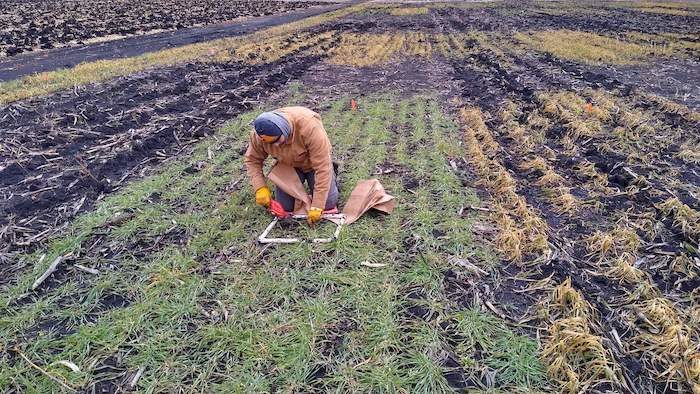An Accidental Cover Crop Experiment
Georgetown, Del., no-tiller Jay Baxter was planning on conducting a cover crop experiment with oats, but when Mother Nature got in the way, he quickly pivoted to another idea for a different type of cover crop experiment.





Post a comment
Report Abusive Comment